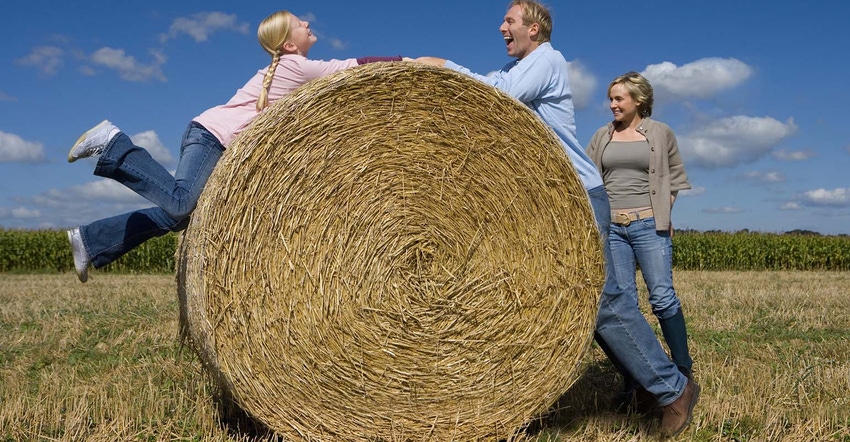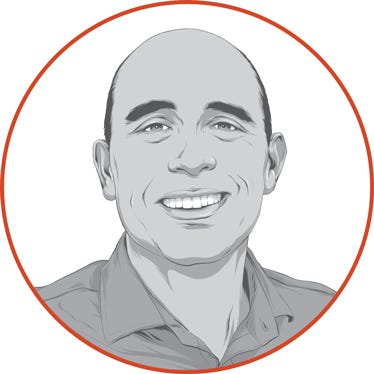
Farm families often grow at a faster rate than farm income or acres. That’s why it’s important that the family feeds the golden goose that generates income – your business – and looks after its health.
Many families grow at a much faster rate than the business itself, because the family member growth rate is geometric. While more family members on the farm are good for finding talent to do the work, it also places a growing strain on the business because there are more mouths to feed (incomes to pay). Instead of reinvesting profits back into the business, the money goes to an ever expanding family of owners in the form of wages and dividends.
These competing needs of capital reinvestment for the family farm and income for a larger family pit the farm and the family against each other, often leading to conflict.
Successful farm families protect the golden goose at all costs and the solution is often unnatural. This unnatural habit is ensuring that the growth rate of distributed profits (dividends, wages, etc.) meets or exceeds the family growth rate. Most families don’t want to limit the number of children they have in the business, so the solution resides with aggressive reinvestment back into the farm, prudent risk taking and superb management.
Pruning the family tree
So what are your options? Sometimes the best solution is to prune the family farm tree. This is not a pruning of the members from the family, but rather the non-participating owners of the family farm ownership. It means creating liquidity events and buyouts as part of the family business transition process.
Non-participating owners often want higher dividends, rent and draws than owners actively working on the farm. This pruning process allows the owners working in the business to focus on the business instead of managing conflicting needs of off-farm owners.
Another solution is creating a culture and habit of placing the financial needs of the business before the desires of the family. Discuss, document, and teach this core principle to family members. Reinforce it when setting wages, owner draws, and dividends. Don’t hire a family member to join the farm unless they are actually needed on the farm. Once they are working on the farm, pay them what they are actually worth; what you would normally pay the non-family employee to do the same work.
These solutions are unnatural, but necessary to keep the family farm financially strong.
Some may place the wants of the family far above the needs of the business. However, if the family farm should falter and fail you will still have a family circle but not a family farm to pass onto the next generation.
A goose that lays golden eggs will die if not fed, and a family farm is the same. A family farm that provides the feed and the reinvested capital will have a healthy golden goose for many years and possibly generations.
Are you feeding your golden goose?
Tim can be reached at [email protected] or www.encore-consultants.net.
The opinions of the author are not necessarily those of Farm Futures or Penton Agriculture.
About the Author(s)
You May Also Like






